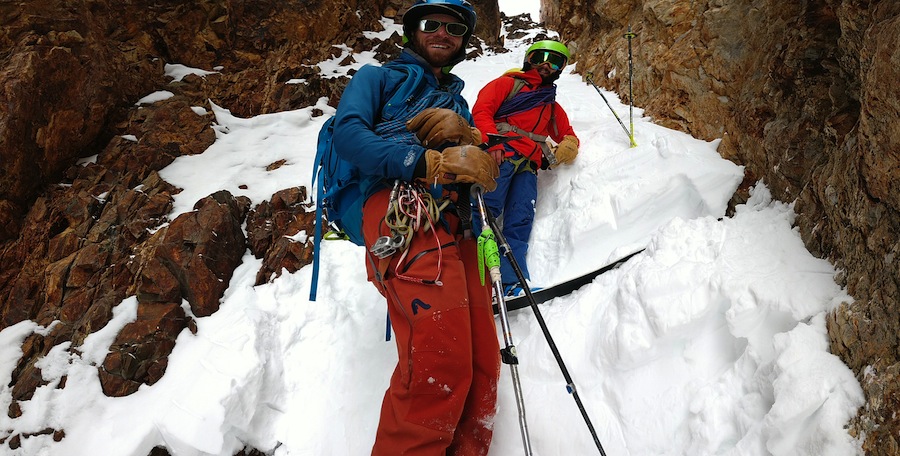
Brought to you by SCARPA Backcountry Week
Whether you’re a seasoned expert or new to it all, there are several ways to prepare for your trip that you need to do before leaving home to heading into the backcountry.
1. Check the Avalanche Bulletin

The most important thing before heading out into avalanche terrain is knowing what you’re dealing with. Avalanche bulletins will tell you everything from the level of the likelihood for an avalanche to occur, where unstable slopes are, and what is causing instability. Before you can plan your trip out, you need to know where you can and can’t ski safely so you’re not putting yourself and others at risk. There exists bulletins for almost every region online; you’ll have to contact your local avalanche center or Search and Rescue office to find out where you can find the bulletins you need.
American Avalanche Centre | Canadian Avalanche Centre
2. Check the Weather Forecast

Before you go out into the field to ski, you need to know what weather conditions to expect. As we all know, alpine weather conditions can change rapidly. Understanding what you will be up against can give you insight into what visibility will be like, how you will have to layer your clothing, and whether snow will be accumulating or being sunbaked. Most weather forecasts can give you a pretty good idea of what to expect during your day, some feature an hourly forecast for 12 or 24 hours, but always remember to be prepared for anything as changes happen and forecasts can only be so accurate.
National Weather Service (USA) | Environment Canada Weather Office
3. Read The Map

Now that you’ve read the avalanche bulletin and weather forecasts you should have a pretty good idea with what you will be dealing with in terms of snow and weather conditions. Now it’s time to plan your route. The best option is to assess a topographic map and plan your route around aspects that are safe to ski. Route planning will change dependant on what type of slope is most at risk to slide, so use your avalanche bulletin alongside your map to make sure the route you plan is safe. The greater higher the likelihood of an avalanche the safer you will have to make your trip route.
Some maps can be found online but a large hardcopy map is usually best. You can usually order these maps online or find them at local outdoor equipment outfitter.
4. Check and Recheck

There’s nothing worse than getting to the base of the mountain and realizing you’ve forgotten your gloves or the batteries are low on your beacon. Don’t be forced into making a bad decision putting yourself and others at risk. Make a checklist and check everything at least once. If you’re planning a big multi-day trip, get everything together the day before and make sure everything is in working order.
5. Tell Someone

The first thing you need to do when planning to head out into the wilderness is to tell someone. Let them know what your timeframe will be, where you’ll be going, and your approximate route. You can even go so far as to give them a time when they should be reporting you missing so they don’t have to make that decision. Another good idea is to leave a note in your car along with some of your information about your trip and timeline, do not however rely on this, as it may be a long time before someone notices your note.
Remember that when heading into the mountains you are always putting yourself at risk of being in an avalanche, being in an accident, or getting lost. These guidelines provide you with the basis of pre-trip preparation, but at the end of the day, experience and knowledge will be your best defense.
“Have the gear, get educated, and check the bulletin.” Canadian Avalanche Centre
Might consider changing number one to get educated. Relying on forecasts alone is a sure way to make bad decisions and not not that it was a bad decision.